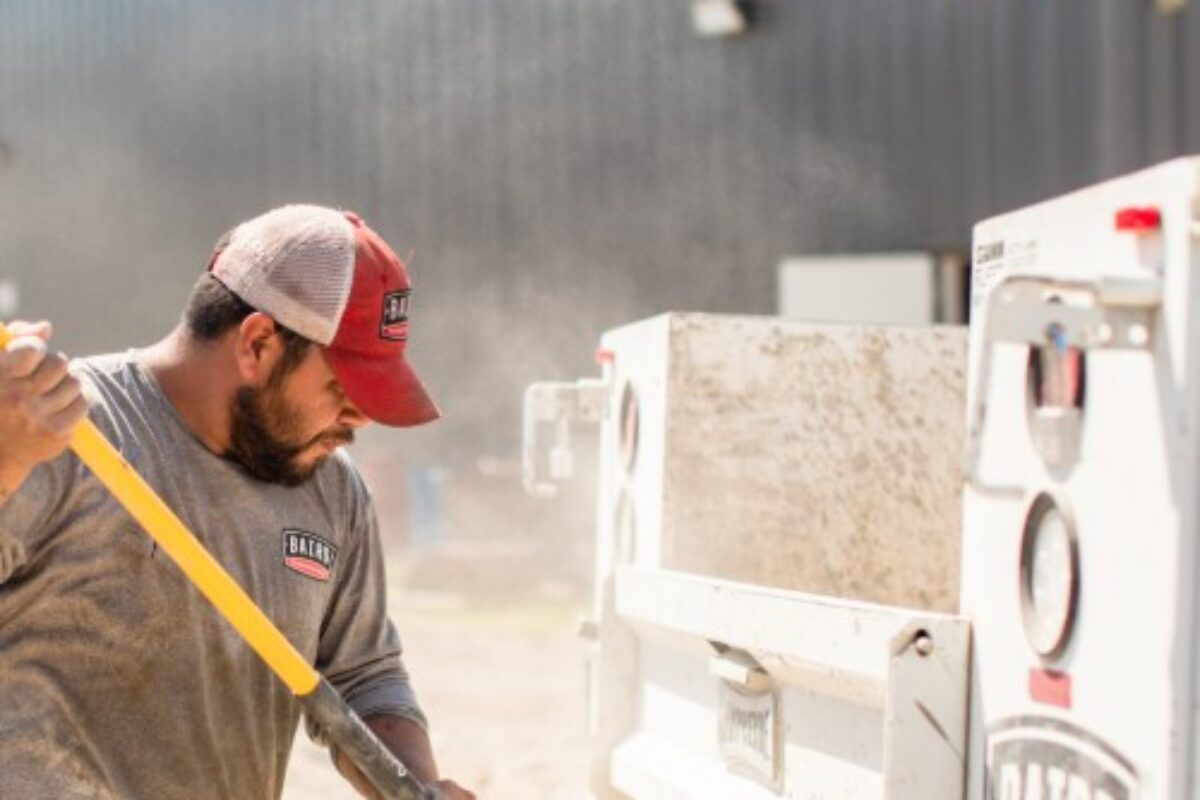
Foundation Problems Due to Expansive Soils

Expansive clay soils are present in many parts of the country, including Texas. This type of soil shrinks and cracks when it dries out. When it rains, soils with high clay and silt content don’t allow water to pass through the soil. Instead, water is absorbed and held in the soil, significantly increasing its volume.
Soil and water pressure can cause foundation problems
It’s difficult to imagine that soil can damage a material as hard, dense and strong as concrete, but homeowners and foundation repair contractors alike will testify to the destructive power of expansive soils.
So, what type of damage can occur due to expansive soils, and how can it be repaired and/or avoided? Cracked and buckled walls probably occur more frequently due to expansive soils than other foundation problems. During a dry spell, clay-rich soil is likely to pull away from a foundation wall, creating a gap that can fill with stone, gravel, loose soil and other debris. Some homeowners even deliberately fill in this shrinkage gap. Nothing bad happens until there’s a long, soaking rain. Then the extra material in the crack increases pressure on the foundation wall as the soil expands. Since there’s not a balancing volume of expansive soil against the inside of the wall, this one-sided pressure can push the wall inward, causing it to crack and bow in sections. Occasionally the foundation wall will resist cracking or bowing, but the damage will take the form of tilting. The top of the wall will be pushed in by the expansive soil, creating a foundation that tilts inward.
Soil that shrinks, settles and expands causes slabs, footings and walls to crack
Other site conditions that can contribute to foundation problems relating to expansive soils include trees and bushes that displace soil or increase drying and shrinkage by absorbing groundwater. Soils rich in clay and silt aren’t just unstable; they also have poor load-bearing characteristics compared to soils that contain sand and gravel. Foundation footings and slabs built on clay-rich soil can heave in response to wet conditions or settle due to excessive shrinkage. In either case, cracks in foundation slabs, footings and walls will probably accompany heaving and settlement, since concrete can’t stretch or bend.
Foundation repair contractors overcome soil problems with special tools, materials and techniques.
To a homeowner, the type of foundation damage mentioned above looks severe. But an experienced foundation repair contractor sees an opportunity to stabilize difficult soil and connect the building foundation to solid, stable soil at greater depth.
Different techniques can be used to stabilize the soil that surrounds a house or commercial building. Since water is what makes clay-rich soil swell and shrink, one of the first things foundation repair contractors do is to check the function of gutters, downspouts and general drainage around the house. Moving water away from the foundation is a reliable way to limit soil movement, protecting the foundation from soil’s expansive pressure.
If the soil has shrunk or settled, causing the masonry to crack and sink, soil stabilization is sometimes achieved by driving helical piers into the soil. The helical flanges (or plates) on these steel piers are shaped like the threads on a wood screw, and function in a similar way. As the contractor turns the shank of the pier, the helical plates pull the pier deeper into the soil. The contractor can add pier sections in order to reach stable soil beneath the damaged foundation. When the pier’s resistance to rotation reaches a predetermined level, the contractor knows that the pier is solidly anchored, and can provide the stable support the foundation has been lacking. A bracket is installed to connect the pier to the foundation; this can also enable the contractor to lift a sunken slab, footing or wall back to its original position.
expansive clay , expansive soils , foundation repair , push piers , soil
